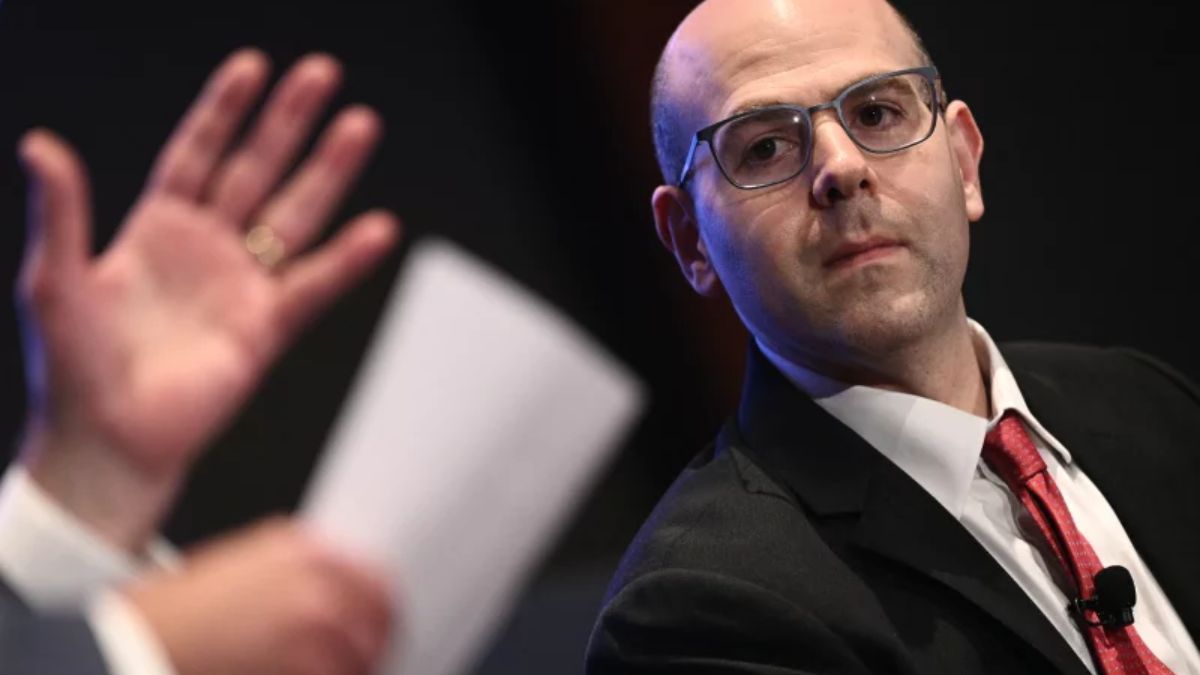Stephen Miran, President Donald Trump’s recent appointee to the Federal Reserve’s interest-rate-setting board has reiterated his push for more aggressive rate cuts to support a slowing labour market and bolster economic growth.
Last week, the Fed reduced interest rates by a quarter point, lowering the range to 4%–4.25%, the lowest level since early 2023. Miran was the sole dissenting vote among the 12 board members, advocating for a half-point reduction rather than the quarter-point cut approved.
Miran urged the central bank to reduce rates quickly, warning that the current policy stance is too tight and risks higher unemployment. “The Fed needs to act decisively to ensure that the labour market remains robust and the economy does not falter,” he said, advocating for steeper cuts than the modest adjustments seen recently.
In contrast, Federal Reserve Chair Jerome Powell has warned against aggressive easing, stressing that too rapid a reduction in rates could reignite inflation and compel the Fed to reverse course later, leaving the inflation-fighting mission incomplete.
Powell highlighted that while last week’s 0.25 percentage point rate cut, the first in nearly a year, signals the Fed’s willingness to respond to economic risks, it does not guarantee additional cuts this year.
“The challenge is to support growth without undermining the progress made in controlling inflation,” Powell noted, underscoring the Fed’s dual mandate of maintaining stable prices and achieving maximum employment.
Impact Shorts
More ShortsHe also pointed to external risks, including tariff pressures, which could impact the labour market if rates are held steady for too long.
Economic forecasts add to the uncertainty. The OECD projects only limited room for further cuts, suggesting one additional reduction in 2025 and two more in early 2026. Yet, with political and market pressures mounting, some within the Fed, including Miran, are urging a more aggressive approach.
Market watchers say the debate reflects the broader tension between policymakers who prioritize economic growth and those focused on safeguarding inflation gains. Investors and economists are closely monitoring statements from the Fed, seeking clues about the pace and magnitude of future monetary policy changes amid an environment of slowing growth and persistent inflation.
As Miran presses for faster action and Powell maintains a cautious stance, the coming weeks could shape not only US monetary policy but also global financial markets, with businesses and households alike waiting to see how the central bank navigates these competing priorities.


)

)
)
)
)
)
)
)
)



